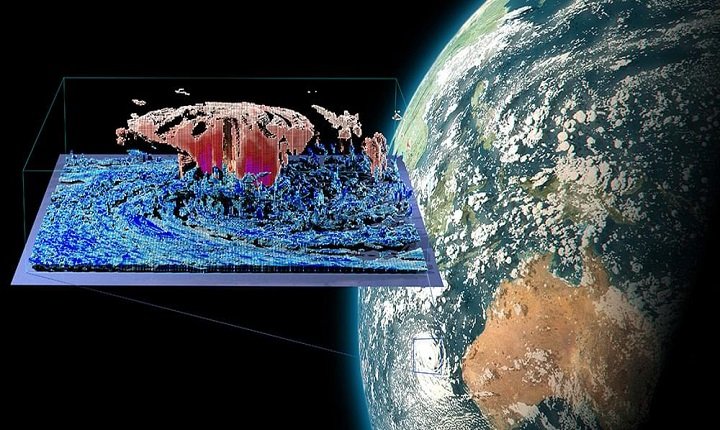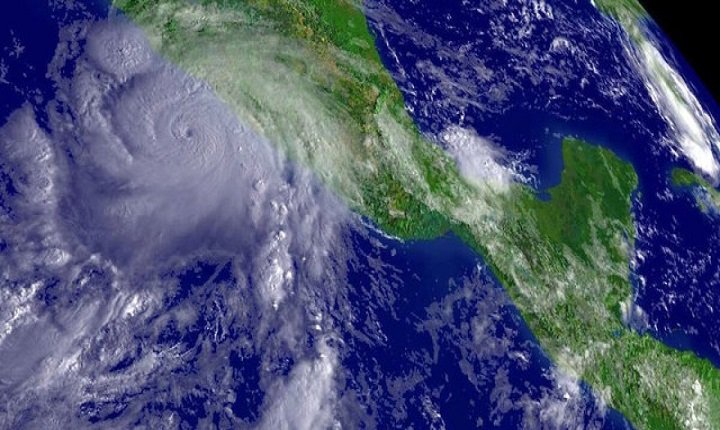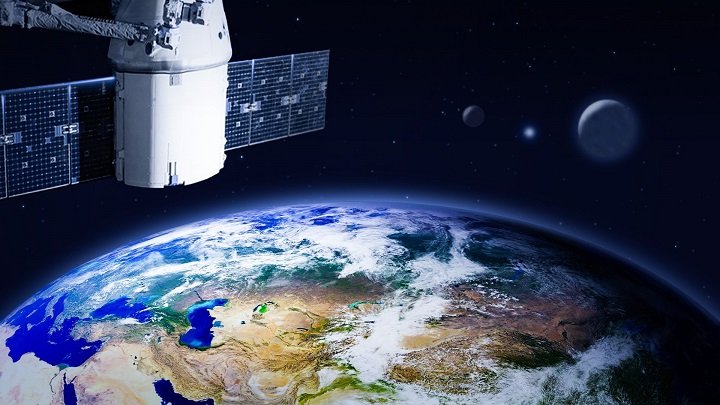
Using machine learning for climate predictions climate alter is one of the greatest challenges confronting our world nowadays. Researchers, governments, and communities are looking for way better ways to anticipate and get it these changes. That’s where machine learning comes in. It’s a capable device that can offer assistance anticipate climate designs, giving us a clearer thought of what the future might see like. In this web journal, we’ll investigate how machine learning can be utilized for climate expectations, why it’s critical, and how it can offer assistance us get ready for the impacts of climate change.
What Is Using machine learning for climate predictions?

Before we jump into how machine learning can anticipate climate designs, let’s take a step back and get it what machine learning really is. Think of it as instructing a computer to recognize designs in information and make choices based on what it learns.
For illustration, if you needed a machine to anticipate tomorrow’s climate, you would allow it past climate information and permit it to learn from that information. The machine will at that point utilize the designs it found to make forecasts almost future climate. In the setting of climate expectations, machine learning employments comparative standards but on a much bigger scale.
Why Utilize Machine Learning for Climate Predictions?
Predicting the climate is a complicated errand. Conventional strategies of foreseeing climate designs include complex conditions and models that take a long time to handle. With machine learning, we can handle gigantic sums of information much quicker and more accurately.
Key Benefits of Machine Learning in Climate Predictions:
- Faster Forecasts: Machine learning can handle tremendous sums of information in a division of the time it takes conventional models.
- More Exact Expectations: With the capacity to recognize designs in information, machine learning can frequently make more precise predictions.
- Handling Enormous Information: Climate science creates gigantic sums of information, and machine learning is built to handle these expansive datasets.
How Machine Learning Works in Climate Predictions
There are a few ways machine learning is being utilized to anticipate climate designs. Underneath, we’ll investigate a few common methods.
1. Directed Learning
Supervised learning is one of the most common sorts of machine learning. For climate forecasts, administered learning might include nourishing the machine with past climate data—things like temperature, precipitation, and wind speed—and their results. The machine at that point learns from this information to make expectations approximately future climate events.
For illustration, if we know what the climate looked like amid El Niño occasions in the past, we can educate a machine to recognize those designs and foresee when another El Niño might occur.
2. Unsupervised Using machine learning for climate predictions
Unsupervised learning works a bit in an unexpected way. It has to discover designs and connections in the information on its possess. This sort of machine learning is valuable for finding modern climate designs that we may not have taken note before.
Imagine you had information around sea temperatures, wind designs, and precipitation from all over the world, but you weren’t beyond any doubt how they were associated. An unsupervised learning show may offer assistance recognize unused patterns or designs that might lead to way better climate predictions.
3. Neural Networks
Neural systems can be particularly valuable in climate science since they can make sense of exceedingly complex information. For illustration, they can analyze thousands of factors—like nursery gas emanations, sea temperatures, and deforestation—and figure out how they all connected to influence the climate.
Neural systems are regularly utilized to foresee long-term climate patterns, such as worldwide warming, and can indeed offer assistance foresee more prompt climate occasions like typhoons and droughts.
Examples of Machine Learning in Climate Predictions
Machine learning is as of now being utilized in a few ways to offer assistance anticipate the impacts of climate alter. Let’s see at a few real-world examples:
1. Foreseeing Extraordinary Climate Events
By analyzing huge datasets of climate conditions, temperature changes, and sea streams, these models can offer assistance us way better get it when and where these occasions might happen. Early forecasts permit communities to get ready and conceivably decrease the harm caused by these events.
2. Observing Deforestation
Deforestation contributes altogether to climate alter. By analyzing disciple pictures and other information, machine learning models can distinguish changes in woodland cover and foresee future deforestation. This makes a difference preservation endeavors by distinguishing regions that require protection.
3. Anticipating Sea-Level Rise
Rising ocean levels are one of the most unmistakable impacts of climate alter. By analyzing information from satellites, tide gages, and sea temperature estimations, machine learning models can offer assistance foresee how much the ocean will rise in distinctive parts of the world, permitting governments and communities to arrange for potential flooding.
Challenges of Using machine learning for climate predictions

While machine learning offers numerous benefits, it’s not without its challenges. A few of the most common challenges include:
- Data Quality: Machine learning models depend on high-quality information to make exact expectations. The forecasts will be unreliable.
- Complexity: Climate frameworks are amazingly complex, and machine learning models can in some cases battle to capture all of the factors involved.
- Interpretability: Machine learning models, particularly neural systems, are frequently alluded to as “dark boxes” since it can be troublesome to get it how they arrive at their expectations. This can make it difficult for researchers to believe the results.
Conclusion
Machine learning is demonstrating to be an important apparatus in the battle against climate alter. By preparing tremendous sums of information and recognizing designs. Machine learning models can offer assistance us make superior climate expectations, whether it’s foreseeing extraordinary climate occasions, checking deforestation, or anticipating sea-level rise.
The potential for machine learning in climate science is tremendous. But it’s critical to keep in mind that it’s not a enchantment bullet. As machine learning innovation proceeds to make strides. We can anticipate indeed more precise and valuable climate forecasts in the future.
FAQs:
Q: What is machine learning?
A: Machine learning is a sort of innovation that permits computers to learn from information without being unequivocally modified. It makes a difference in recognizing designs in information and making expectations based on those patterns.
Q: How is machine learning utilized for climate predictions?
A: Machine learning can prepare huge sums of climate data—such as temperature, precipitation, and sea currents—to make precise forecasts approximately future climate events.
Q: Why is machine learning critical for climate predictions?
A: Machine learning permits researchers to make speedier and more precise climate expectations, which can offer assistance governments and communities plan for the impacts of climate change.
Q: What are a few illustrations of machine learning in climate predictions?
A: Illustrations incorporate anticipating extraordinary climate occasions, observing deforestation, and anticipating sea-level rise.